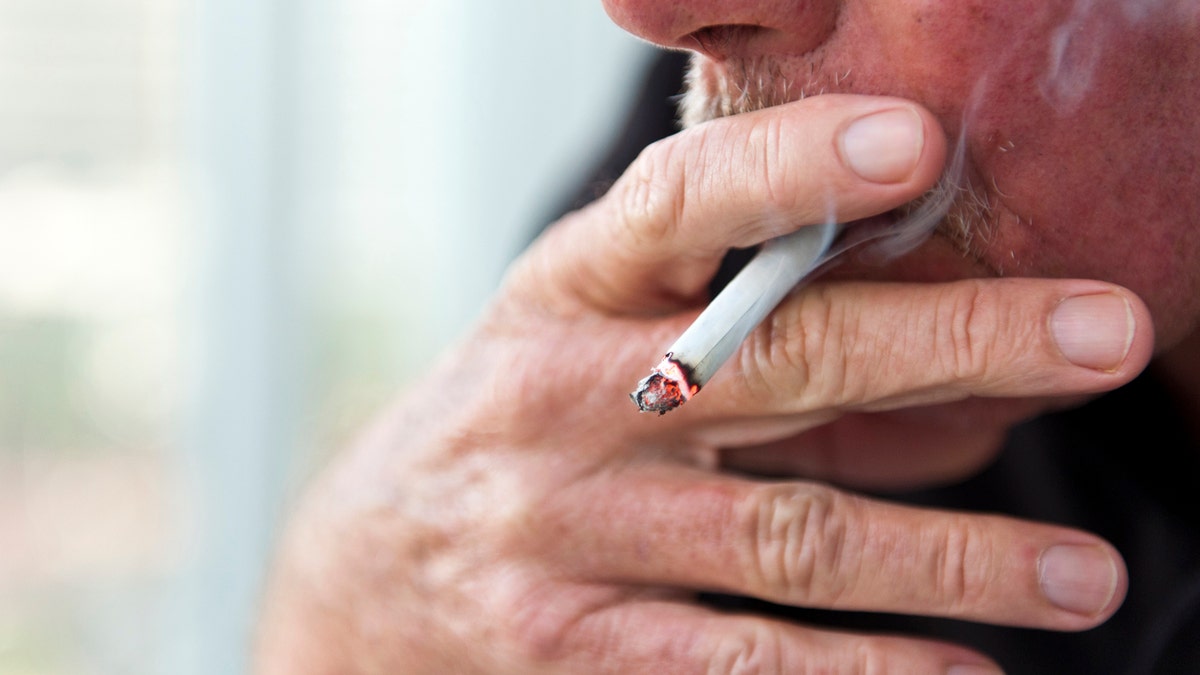
Smokers say that extra vacation time would be a great incentive to get them to give up cigarettes. (Juanmonino)
Researchers are calling for tighter restrictions after a comparison study found “heat-not-burn” cigarettes release the same amount of cancer-causing chemicals as conventional cigarettes. In fact, researchers said they were surprised to discover that the newer cigarettes released higher concentrations of some of the dangerous chemicals.
“We need more studies to find out about the health consequences” of smoking heat-not-burn cigarettes, lead study author Reto Auer, of the University of Bern in Switzerland, told Reuters by email. “However, there is no safe minimum limit for some of the chemicals” in heat-not-burn cigarette smoke, “and some of these chemicals may contribute to the high mortality rate of smokers.”
DOES TELLING PATIENTS OF POSSIBLE SIDE EFFECTS MAKE THEM MORE LIKELY?
To compare the chemical compounds and nicotine in smoke from traditional cigarettes and the new devices, researchers led by Auer chose Lucky Strike Blue Lights and alternative tobacco devices using a smoking device developed to capture fumes from traditional and electronic cigarettes. Those products included I-Quit-Ordinary Smoking (IQOS) from Philip Morris International, Marlboro HeatSticks regular and Heets, Reuters reported.
The smoke released by heat-not-burn cigarettes had 84 percent of the nicotine found in traditional cigarettes, according to the results published in JAMA Internal Medicine. The products also released cancer-linked chemicals such as carbon monoxide, volatile organic compounds and polycyclic aromatic hydrocarbons.
SEVERAL NON-DRUG OPTIONS HELP WITH FATIGUE DURING, AFTER CANCER TREATMENT
“Harmful chemicals were present in IQOS smoke, though in lower concentrations, on average,” Auer told Reuters. “We need to conduct more studies to find out whether IQOS are safer for users or bystanders.”
Auer believes that until more definitive research is conducted, the use of heat-not-burn cigarettes should be restricted and fall under the same indoor smoking bans in place for conventional cigarettes.
Dr. Mitchell Katz, deputy editor of JAMA Internal medicine, wrote in an editor’s note that the products threaten the progress made on decreasing the harms of second-hand smoke.
“In addition, the article demonstrates that heat-not-burn products release carcinogens, so the use of these products in public space would harm the health of both the user and those around the user,” Katz, also the director of the Los Angeles County Health Agency, told Reuters by email.
